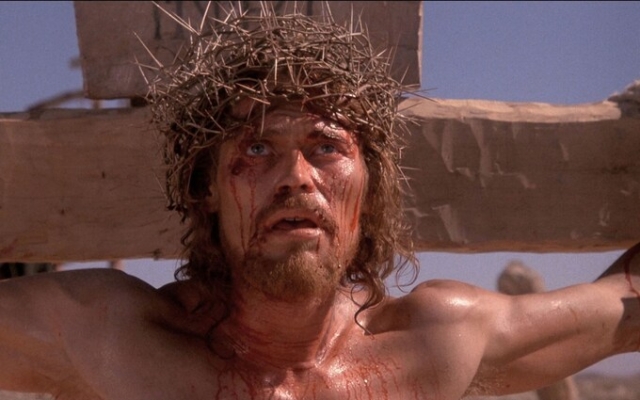 Willem Dafoe in The Last Temptation of Christ Photo: Alamy
Willem Dafoe in The Last Temptation of Christ Photo: Alamy
News that the greatest living film director Martin Scorsese deciding to make a film about Jesus as a sequel to Killers of the Flower Moon certainly raised eyebrows. That's partly because it's the antithesis of his latest epic crime films: an 80-minute feature (the shortest since 1985's After Hours, which clocked in at a compact 97 minutes) that will be based on the 1966 novel The Life of Jesus. Shusaku Endo, Japanese director of Silence, which Scorsese made into a film in 2016.
In an interview with the Los Angeles Times, Scorsese suggested that the «timeless» film would be set in the present day. and he said, «I'm trying to find a new way to make it more accessible and take away the negative burden of what has been associated with organized religion.»
This film could become another classic — and given the form Scorsese has been making since 2004's The Aviator, you definitely wouldn't bet against it — or it could be, like Silence, a complete but esoteric picture that attracts appreciative but limited viewers. audience. Many might have preferred that Scorsese move on to adapt David Grann's best-selling novel The Wager, which, in its period setting and with its regular star Leonardo DiCaprio expected to take the lead, would have been a more overtly commercial project .
However, the main reason why Scorsese's decision is potentially controversial is that we've been here before, with his most divisive film to date, 1988's The Last Temptation of Christ. One of the director's long-time passion projects, it had a long and tumultuous production process, but that was nothing compared to the outrage it ultimately received upon release.
Nikos Kazantzakis was probably the most famous figure in 20th-century Greek literature and was nominated for the Nobel Prize in Literature several times before he died in 1957 at the age of 74. He first gained international fame in 1946 with the publication of his bestselling novel Zorba, a novel in Greek, later remembered for its film starring Anthony Quinn and Alan Bates. But the last novel he published during his lifetime was The Last Temptation of Christ, which first appeared in Greece in 1955 and in English translation in 1960.
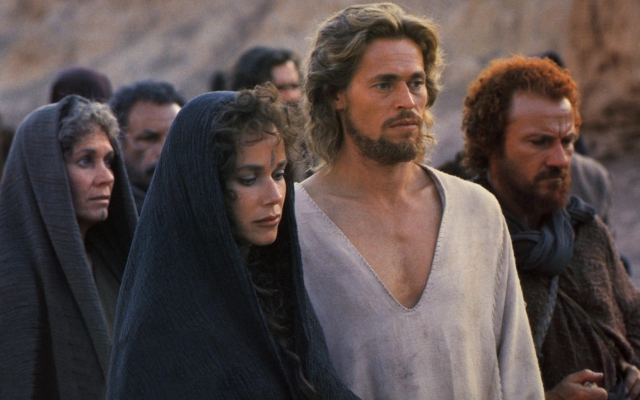 Barbara Hershey, Willem Dafoe and Harvey Keitel in “The Last Temptation of Christ” Photo: Alamy
Barbara Hershey, Willem Dafoe and Harvey Keitel in “The Last Temptation of Christ” Photo: Alamy
The book was greeted with outrage by conservative religious forces, most notably the Catholic Church and the Greek Orthodox Church, because of its main provocation: that Jesus Christ, dying on the cross, imagined an alternative existence in which he was not the son of God, but instead led normal life. without the responsibility and sacrifices he was called upon to make.
Kazantzakis's conclusion was far from blasphemous. The novel ends with Christ accepting and truly accepting his fate, realizing that he was always destined to give his life for humanity. For any person of faith and sufficiently broad intellectual horizons, this is a moving and cathartic ending rather than a subversive one. However, the Greek Orthodox Church was appalled and attempted to ban Kazantzakis's books in Greece on the grounds that The Last Temptation «contains a vicious slander against the god-like person of Jesus Christ. … inspired by Freudian theories and historical materialism, [the book] perverts and harms the gospel discernment and the divine-human figure of our Lord Jesus Christ in a crude, vulgar and blasphemous manner.”
It also sparked an outcry in some parts of the US, with the wonderfully named Citizens Group for Clean Books calling it «blasphemous, obscene and libelous.» However, Kazantzakis was a literary writer, so the book's scope remained relatively limited.
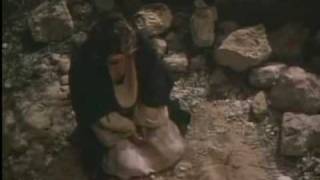
Scorsese, however, read and responded to the book, which was given to him by actress Barbara Hershey when they made the 1972 film Boxcar Bert together. A deeply religious man, he had been toying with the idea of making a film about Jesus since childhood, and Kazantzakis's novel touched him deeply. In an interview, he said: “It took me six years to finish it! I would pick it up, put it down, re-read it, immerse myself in its beautiful language, and then realize that I couldn’t take this language down.” When he came up with the idea of making a film in demotic street language rather than the flowery dialogue of fifties costume epics, it came to fruition.
By 1978, Scorsese had a big hit with Taxi Driver and an equally notable flop with the musical New York, New York. However, he was still a promising director, and the Taxi Driver Palme d'Or meant studios were taking him seriously. Reunited with his Taxi Driver screenwriter Paul Schrader, he spent several years on the project, refining the script and casting locations, before Paramount Pictures agreed to a $14 million budget and a cast that would include Aidan Quinn as Jesus and a number of musicians from film. supporting roles include the Kinks' Ray Davies as Judas Iscariot, model-turned-singer Vanity as Mary Magdalene and Sting as Pontius Pilate.
It was a reasonable budget for a historical epic, but much larger than Paramount's less controversial projects of the era. Hits such as An Officer and a Gentleman and Terms of Endearment were made at significantly lower cost, and the religious-themed film, which had to be shot in Israel and featured mostly untested performers, had no obvious commercial prospect. Then, of course, there was the almost inevitable controversy, which made headlines but didn't necessarily win players over.
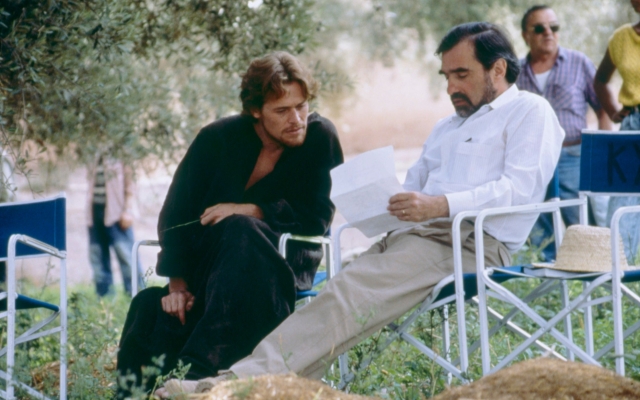 Willem Dafoe with Martin Scorsese on the set of The Last Temptation of Christ. Photo: Getty
Willem Dafoe with Martin Scorsese on the set of The Last Temptation of Christ. Photo: Getty
As Scorsese later sighed: “And then there were religious protests, and the cinema chain said they would not show the film. Well, if you have a picture that is now quite expensive, and you are not sure that it will be profitable, and you cannot show it in many theaters, and you are criticized by organized groups.»
Paramount placed the film in «flip,» a polite euphemism for development hell, and Scorsese moved on to other projects, including After Hours and his biggest commercial hit to date, the Hustler sequel The Color of Money. When he signed with super agent Mike Ovitz following the latter's success, Ovitz asked Scorsese what project he would most like to see made. The director immediately replied: “The last temptation of Christ.” A few months later, Ovitz signed the project with Universal Studios, which had had a terrible experience a couple of years earlier with fellow auteur director Terry Gilliam and his masterpiece Brazil; disputes he had with the studio head led to a public dispute in which Gilliam placed an ad in the trade press saying, «Dear Sid Sheinberg, when are you going to release my film Brazil?»
Scorsese may have intended that he would suffer the same fate, but Sheinberg and his producing partner Tom Pollock, aware of Scorsese's reputation as a director, went out of their way to accommodate his wishes. As he later said with amazement, “I never thought I could make a movie like this for a place like Universal. They represented a certain type of filmmaking. But from the moment I met Tom Pollock and Sid Sheinberg, I felt a new attitude, a new openness. I have never felt such support from any studio.»
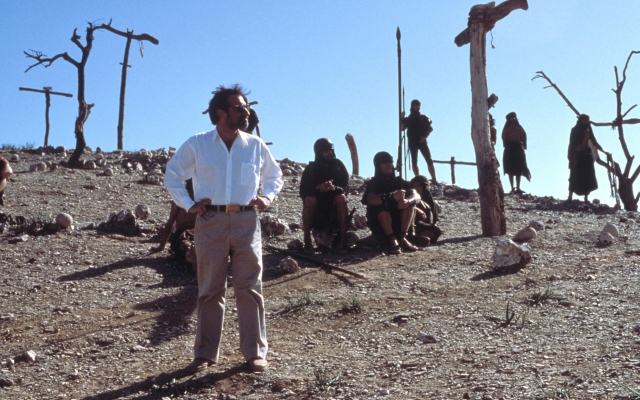 Martin Scorsese on location in Morocco, 1988. Photo: Alamy
Martin Scorsese on location in Morocco, 1988. Photo: Alamy
There were only two conditions for their generosity. First, he would make a straight-up commercial film for the studio as a quid pro quo, which he did when he made the blockbuster thriller Cape Fear in 1991, and second, he would make the film on a reduced $7 budget. million. Even with money tight, Scorsese cast big-name actors, including Hershey as Mary Magdalene, his frequent collaborator Harvey Keitel as Judas, and Willem Dafoe as Christ. The company's biggest name was David Bowie, who replaced Sting in a one-scene role as Pontius Pilate; Even Scorsese, no stranger to working with A-list talent, described himself as «a little taken aback» by working with the musician, but later called the three days they worked together «pure joy.»
That was more than could be said for the rest of the production, which was shot in Morocco and returned the director to the almost guerilla filmmaking of his earlier films. Scorsese recalled that «we were working in a state of emergency», with little room for error or the elaborate camera settings he became synonymous with. Still, as cinematographer Michael Ballhaus reminded him, “This is the way to make this picture.” Oddly enough, filming ended on December 25, 1987. And then the fun began.
Ten years earlier, the miniseries Jesus of Nazareth, starring Robert Powell, had been aired by ardent Catholic Franco Zeffirelli. Although his approach was particularly reverent and was endorsed by none other than Pope Paul VI, it still attracted controversy from evangelicals such as Bill Bright, who were outraged by Zeffirelli's off-the-cuff description of how the film would portray Jesus as Jesus. “An ordinary person – gentle, fragile, simple.”
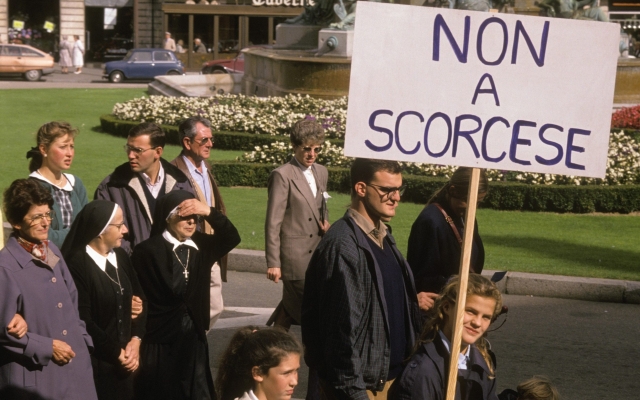 Protests against the last temptation of Christ in Nantes, France, 1988. Photo: Getty
Protests against the last temptation of Christ in Nantes, France, 1988. Photo: Getty
This was absolutely nothing compared to how Scorsese's film was received. Bright offered to buy the film's negative from Universal to burn it publicly, and there were massive protests from everyone from nuns to right-wing evangelicals who called the film blasphemous.
The controversy that Paramount saw in microcosm in 1983 has now reached full fruition. Mother Angelica, an influential television nun, called the film «a Holocaust film that has the power to destroy souls forever» and denounced it as «the most blasphemous mockery of the Eucharist that has ever been made in this world.» It was banned or censored in countries such as South Africa, Mexico and, ironically, Greece, and remains banned in Singapore to this day. In October 1988, a cinema showing the film in Paris was set on fire, injuring 13 people and receiving death threats against Scorsese himself.
Interviewing him for Film Comment at the time, journalist Harlan Jacobson noted: “Two tough guys are sitting in the waiting room of Martin Scorsese’s Manhattan office. Are they auditioning for Scorsese's upcoming film Mafia? Are these a pair of Willem Dafoe's wandering apostles? No…they're looking forward to meeting everyone who wants to see Scorsese.»
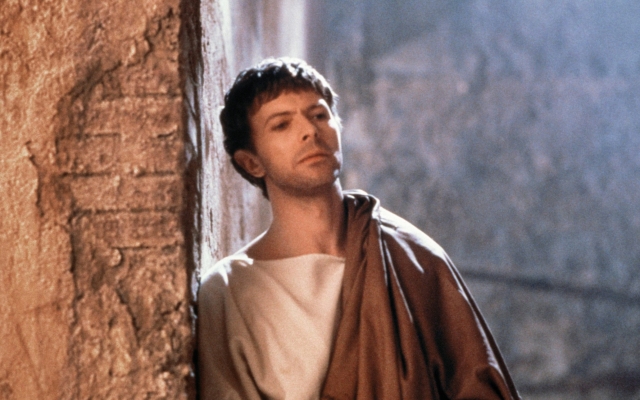 David Bowie as Pontius Pilate Photo: Alamy
David Bowie as Pontius Pilate Photo: Alamy
The director had to have bodyguards for years, remembering what happened to Pier Paolo Pasolini, another controversial director who made a film about Christ and was eventually killed, albeit for unrelated reasons. And even some of his peers spoke out against him. When Zeffirelli learned that The Last Temptation would be shown at the Venice Film Festival, he withdrew his film Young Toscanini from the festival, (inaccurately) denigrating Scorsese and his collaborators as «those L.A. Jewish cultural scum who are always spoiled for the chance to attack the Christian world».
The director took the controversy calmly, but was irritated by claims that he was trying to make a provocative film solely for the purpose of making a profit or attracting attention. He made a statement after the film's release. “This is more than just another film project for me,” he said. “It was done with conviction and love, and therefore I believe it is an affirmation of faith, not a denial. Moreover, I firmly believe that people everywhere will be able to identify with both the human side of Jesus and his divine side.”
Scorsese was also annoyed that some critics panned the film as unintentionally corny in places — such as when Harry Dean Stanton's Saul, upon seeing Lazarus resurrected, mutters, «How are you feeling?» with a thick Kentucky accent — and assumed they had misunderstood him. “Some critics have called the film unintentionally funny, but Jay [Cox, co-writer] and I don't think so. Sometimes what is said is serious, sometimes it is ironic, and sometimes it is meant to be funny.”
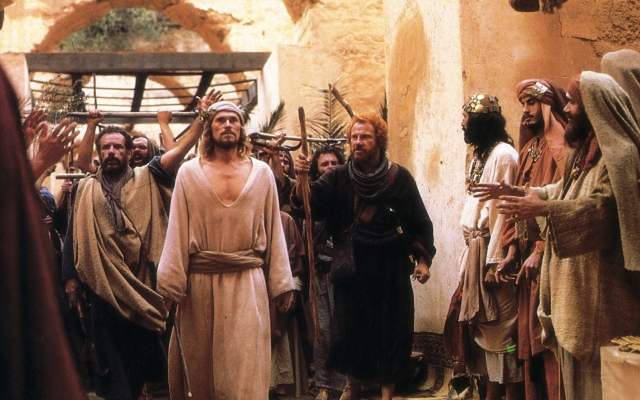 Willem Dafoe in the film “The Last Temptation of Christ” Photo: Alamy
Willem Dafoe in the film “The Last Temptation of Christ” Photo: Alamy
He and Schrader were at pains to make the dialogue sound demotic and modern, although Scorsese did follow one tradition of historical epics: portraying British actors as Romans and, inevitably, Satan. He later remarked that “anyone with power must have a British accent. It sounds authoritative to American ears,” and asked rhetorically, “Don’t they get Oscars just for sounding British?”
However, the film received mostly critical praise and was a reasonable success at the box office, attracting audiences seduced by the controversy. Scorsese himself was nominated for an Oscar for Best Director, losing to Barry Levinson for Rain Man. Ironically, the film soon found itself overshadowed by Goodfellas in the director's canon and became the subject of controversy following the publication of Salman Rushdie's The Satanic Verses, which led to much more violence and unrest.
Three and a half decades later, The Last Temptation of Christ remains a major work in Scorsese's filmography and deserves reappraisal. Not only is it a faithful and intelligent adaptation of Kazantzakis's novel, but it builds to a moving crescendo, accompanied by Peter Gabriel's beautiful score that speaks to the importance of religious faith as Christ defies Satan's pleas and cries, «It is finished.» !” in his last moments on Earth. Compared to Mel Gibson's torture pornography, The Passion of the Christ, this is a much more respectable and, dare I say, Christian work: it is worth the effort and time spent on its creation.
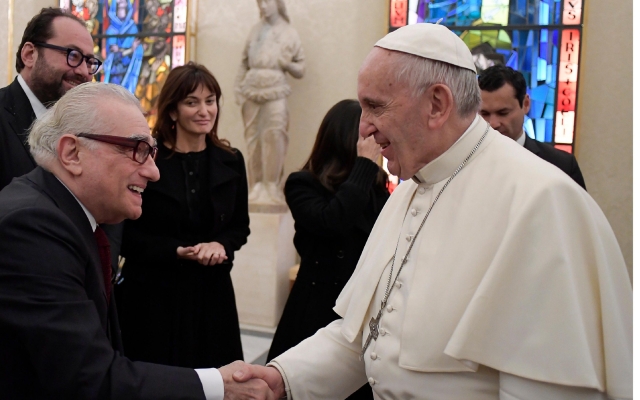 Martin Scorsese meeting with Pope Francis at the Vatican in 2016 Photo: Getty
Martin Scorsese meeting with Pope Francis at the Vatican in 2016 Photo: Getty
And this would also lead to Scorsese's association with Endo's work. One of the few clerics willing to defend the film was New York Bishop Paul Moore, who wrote in the New York Times: “As a film based on a novel, it does not claim to be an accurate depiction of the biblical evidence. from the life of Jesus. However, this is a vivid and deeply moving portrait.” He also attacked his fellow clerics, saying: “I hope that wiser heads than the ministers who are threatening a boycott will go to see the film and be as moved by it as I was. By the way, it seems strange that they criticize a film that they haven’t even seen.”
In gratitude, Scorsese invited him to dinner after the film’s premiere, and Moore handed the director a copy of “Silence” during the screening. food, thereby prompting another long period of introspection and another protracted production process, albeit without controversy upon completion. If the now 81-year-old director succeeds in making the final installment of his so-called “trilogy of faith,” we can only hope—for his sake and ours—that it will be a much easier road.









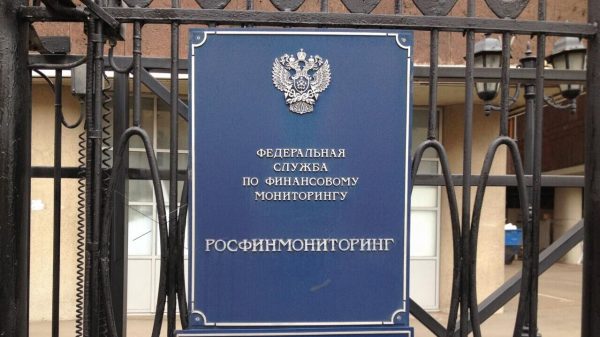









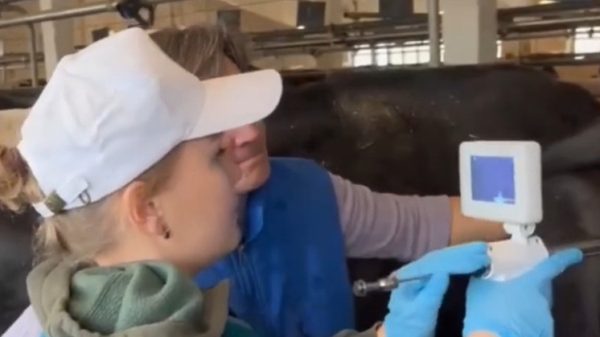

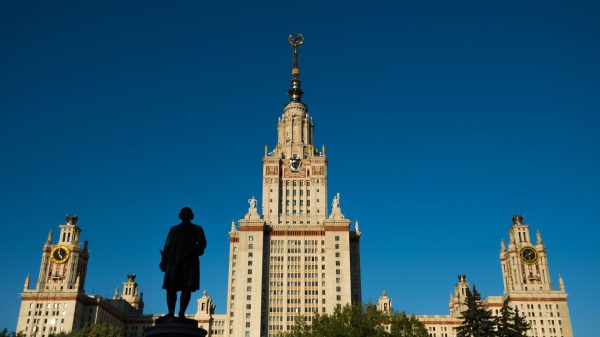

















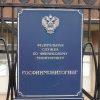


















Свежие комментарии